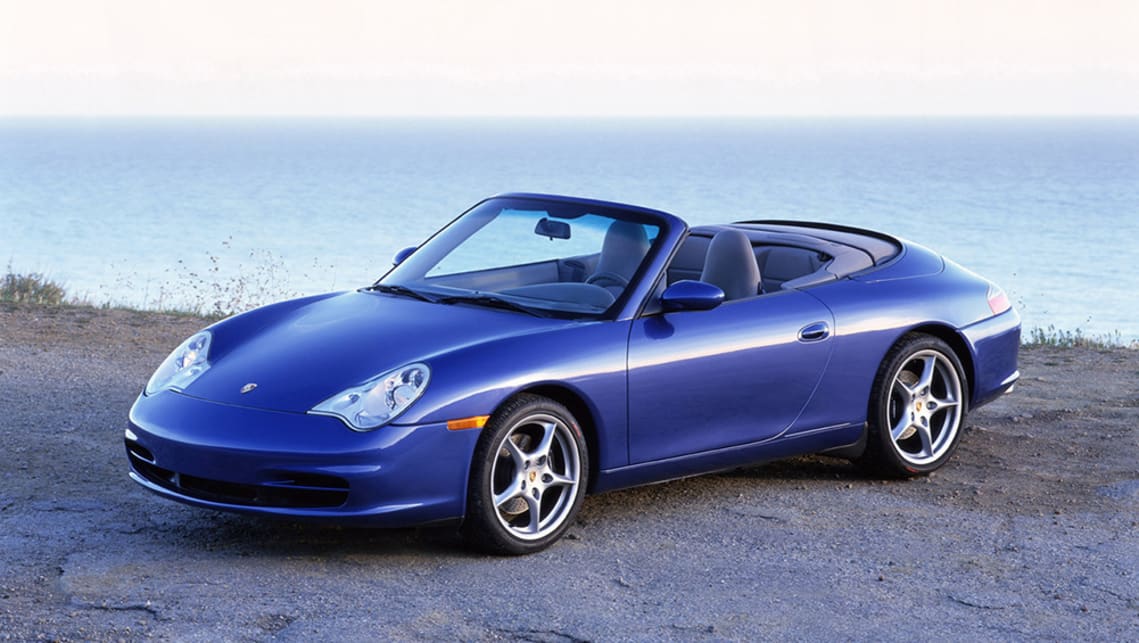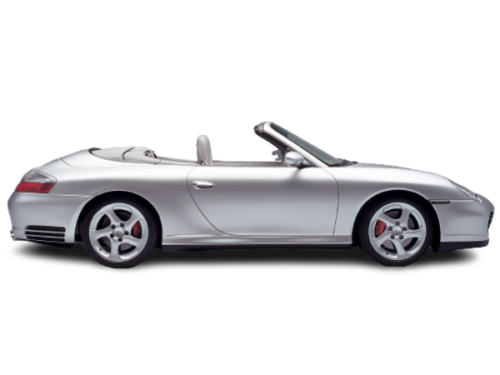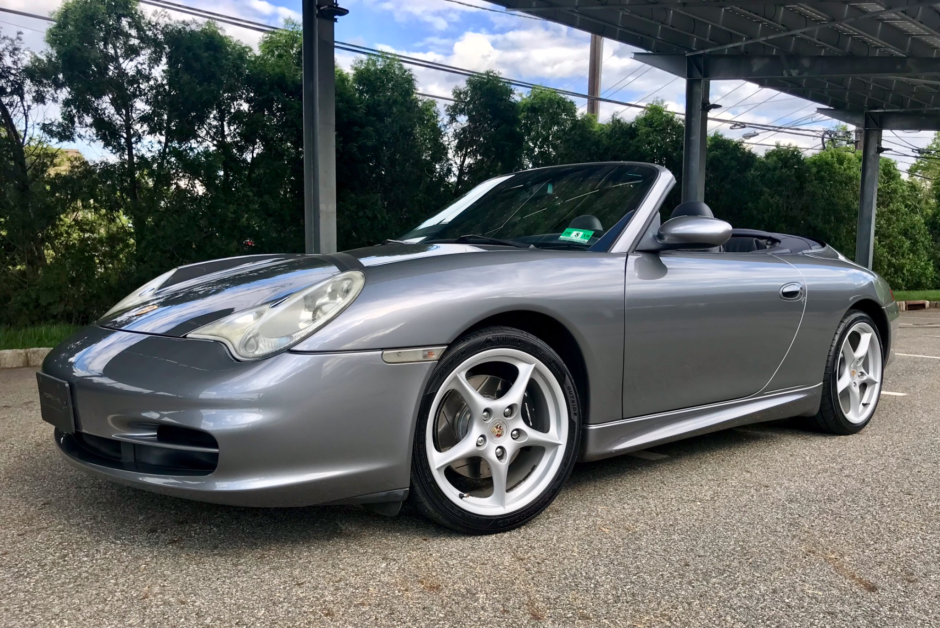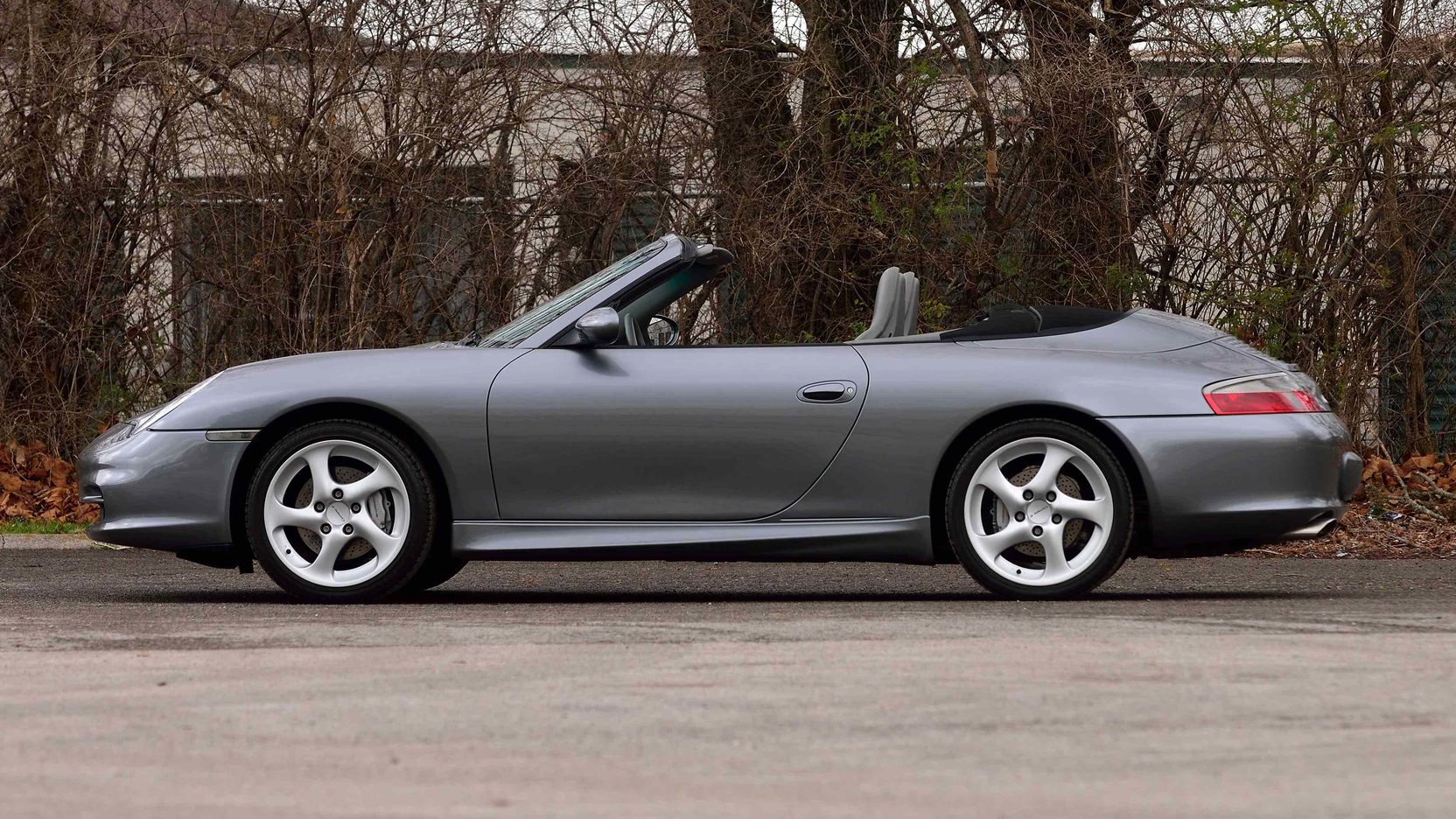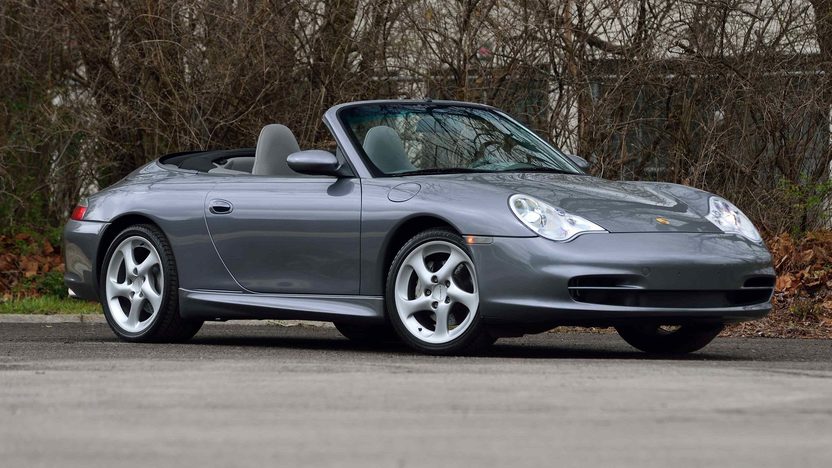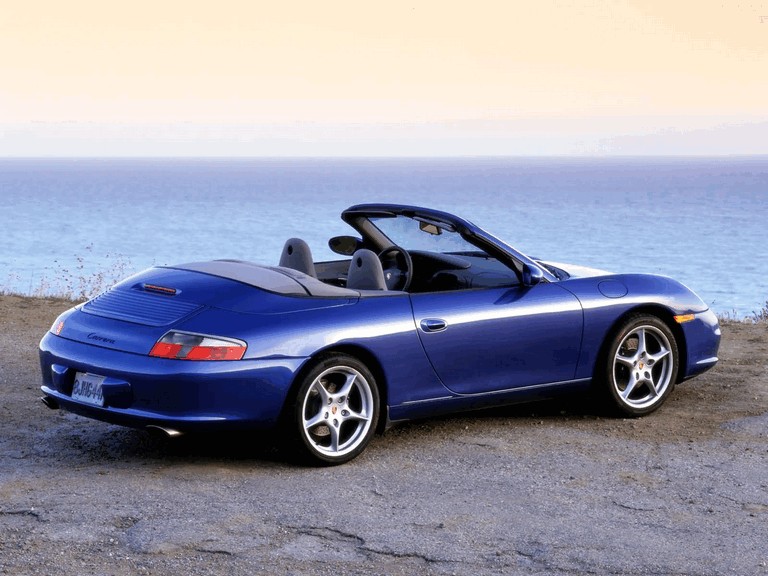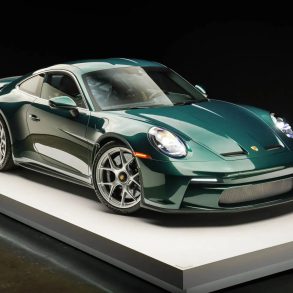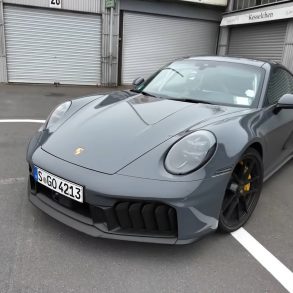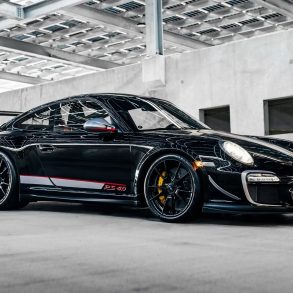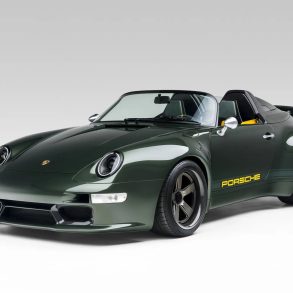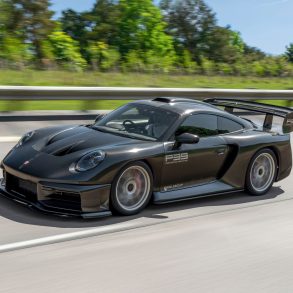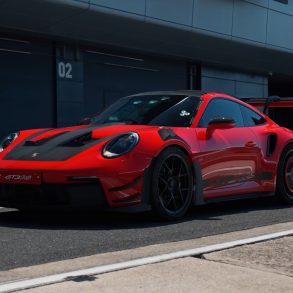(2002 – 2004) Porsche 911 Carrera Cabriolet (996) – Ultimate Guide
Below review from Car and Driver:
When the first water-cooled 911 appeared in 1998, it represented the ultimate taming of the once wild rear-engined Porsche sports car. With ample cockpit space, benign handling, and greatly reduced engine noise, that model, known as the 996, had very broad appeal. But among Porsche’s fervently faithful were many who failed to see the allure of the 996’s licked-clean bodywork with the fried-egg look-alike headlights, the fissured interior, and the boredom that sets in during electronically assisted driving. The new 997 911, introduced last fall, has gone a long way toward addressing these complaints, and Porsche has now introduced the convertible version.
The new coupe and cabriolet share identities: tailored wings, circular headlights, and an exclusive interior. Also shared are major mechanical bits. With the cabriolet, buyers have a choice between 321 horsepower generated by the 3.6-liter flat-six engine and 350 horses from the 3.8-liter flat-six if you opt for the Carrera S cabriolet. The power gets apportioned by a precise-shifting manual six-speed gearbox or the optional Tiptronic, which unfortunately offers only five gears. Also carried over is the 997’s suspension, including Porsche active suspension management (PASM), optional on the base Carrera cabriolet and standard equipment on the S. This system, which offers normal and sport settings, automatically adjusts the suspension based on road surface and driver inputs.
The 911 cabriolet’s safety package consists of seatbelt pretensioners and front, side, and head airbags. As is the case with the coupe and Boxster, the cabriolet has flat cushions fitted along the bottom rim of the side windows. In a side-impact accident, they inflate upward to offer some cushioning of the occupants’ heads even when the top is down. Rollover protection is provided by a combination of high-strength steel bars in the A-pillars and a beam behind the rear seats that automatically extends should the car start to roll.
Instead of a folding hardtop of the kind found on a Mercedes SL or SLK, 911 project leader August Achleitner chose a fabric roof, largely because it reduces the top’s weight by about 50 percent and helps keep the car’s center of gravity lower. Weighing 93 pounds, the lined cloth roof is stretched taut across an aluminum-and-magnesium roof structure that slopes toward the rear for reduced aerodynamic drag.
However, the cloth surface and different shape of the cabriolet’s roof produces more lift than the coupe’s roof. Therefore, the rear spoiler, which extends automatically at 75 mph, rises about 0.8 inch higher on the cabrio. It also retracts, just as it does on the coupe, when the car’s speed drops below 50 mph, unless engine-compartment temperature is high enough to require the additional cooling provided by the extended spoiler.
Compared with the 996 convertible, the 997 cabrio is noticeably quieter with the top up. Wind noise is reduced by better-fitting window seals and the improved roof structure. There is also better wind protection when the roof is down because unlike the situation in the previous model, the rear windows can now be raised when the top is down. In concert with the standard wind blocker, the raised windows produce a cocoon of still air in the cockpit even at highway speeds. And should you desire complete weather protection, you needn’t come to a stop. The top can be raised or lowered at speeds up to 30 mph, getting in place in 20 seconds.
Presumably, there are some Porsche purists who mock such comfort features as “fabric softeners,” who would rather feel the wind and listen to the 911’s unique rear engine as it takes on a hoarse moan when it passes 3000 rpm and works its way to a throaty scream above 5000 revs. With this 997 model, Porsche has rediscovered the tail-happy nervousness that has traditionally made fast driving so exciting in a 911. With the PASM switched to the sport mode and an aggressive foot on the gas, this car takes on a life of its own as you feel the rear engine’s power juggle with the traction limit as you exit a hard corner with a touch of oversteer. The optional Sports Chrono package makes things even more interesting. That package has driver-adjustable settings that raise the threshold where the stability-control system butts in and also make the electronic throttle more responsive. With this package, the car can be tailored to fit a driver’s preferences.
As we’ve discovered with the 997 coupes, the new models have more precise steering and shifting and deliver a much more engaging driving experience than their 996 predecessors. Now droptop 911 fans can also experience these improvements.


